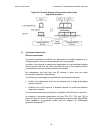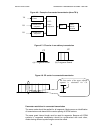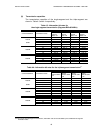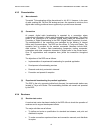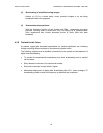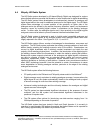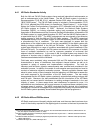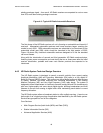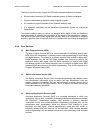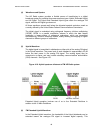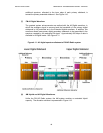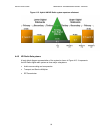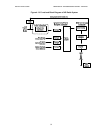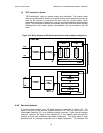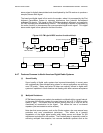
DIGITAL RADIO GUIDE TERRESTRIAL TRANSMISSION SYSTEMS - HD RADIO
46
existing analogue signal. As a result, HD Radio receivers are expected to cost no more
than 20% more than existing analogue receivers.
Figure 4.9 - Typical HD Radio Automobile Receivers
The first phase of the HD Radio receiver roll out is focusing on automobile and home hi-fi
receivers. Aftermarket automobile receivers and home receivers began reaching the
market in early 2004. OEM automobile receivers are scheduled to be introduced for the
automobile model year 2006, which should be launched in the third quarter of 2005.
Figure 4.9 shows fully functional automobile receivers designed to fit into the standard
car mount frames.
Along with the introduction of second and third generation HD Radio semiconductors,
featuring lower power consumption and cost during the two or three years after the initial
receiver introduction, portable and lower cost receiver products are expected to be
introduced.
4.4.3 HD Radio System Technical Design Overview
The HD Radio system is designed to permit a smooth evolution from current analog
Amplitude Modulation (AM) and Frequency Modulation (FM) radio to a fully digital In-
Band On-Channel (IBOC) system. This system can deliver digital audio and data services
to mobile, portable, and fixed receivers from terrestrial transmitters in the existing
Medium Frequency (MF) and Very High Frequency (VHF) radio bands. The system is
designed to allow broadcasters to continue to transmit analog AM and FM simultaneously
with new, higher-quality and more robust digital signals, allowing broadcasters and their
listeners to convert from analog to digital radio while maintaining each station’s current
frequency allocation.
The HD Radio system allows a broadcast station to offer multiple services. A service can
be thought of as a logical grouping of application data identified by the HD Radio system.
Services are grouped into one of two categories:
Core Services:
• Main Program Service (both Audio (MPA) and Data (PAD))
• Station Information Service (SIS)
• Advanced Application Services (AAS)



